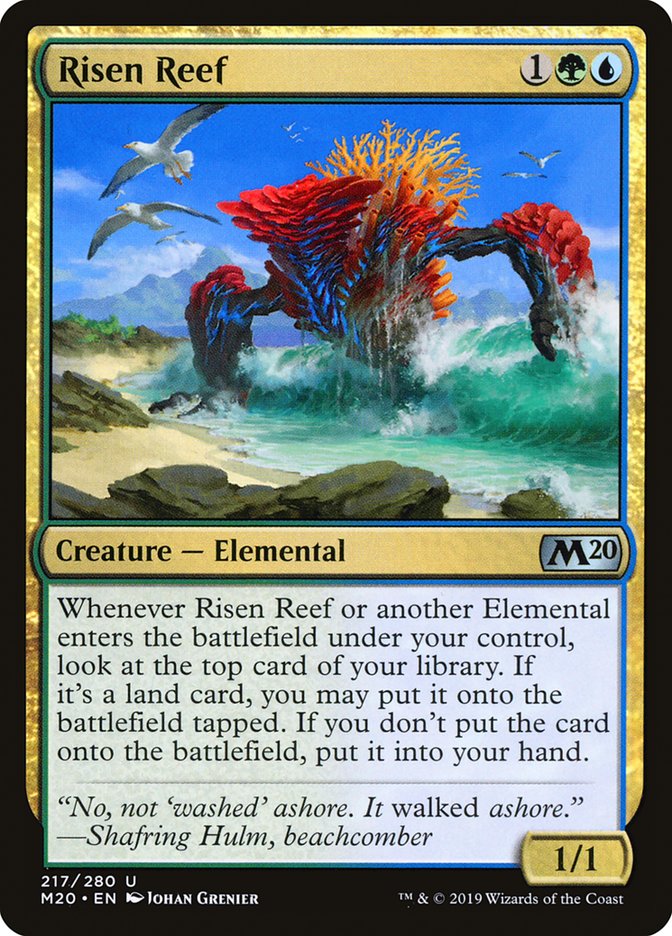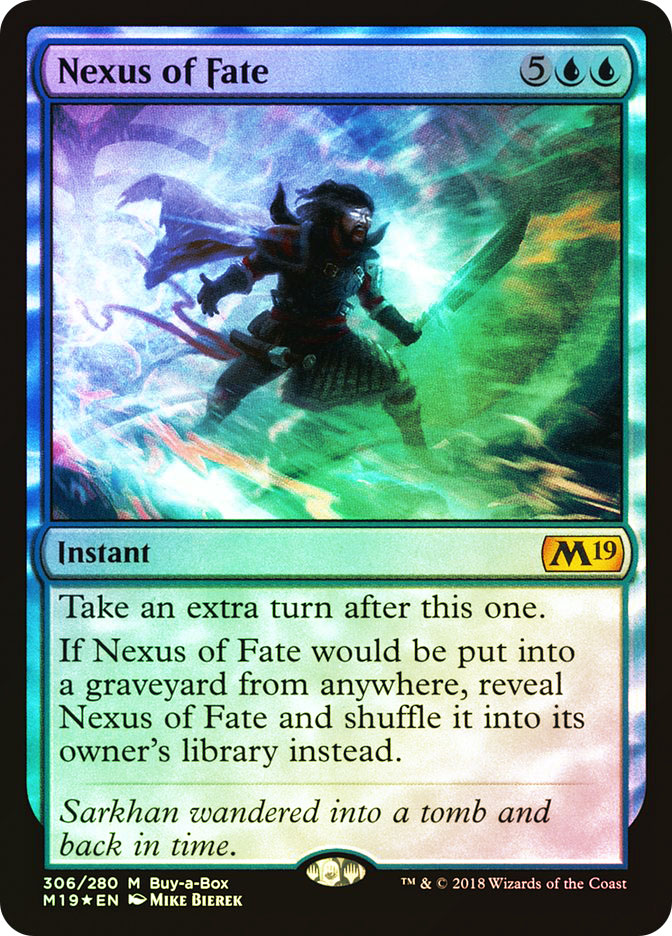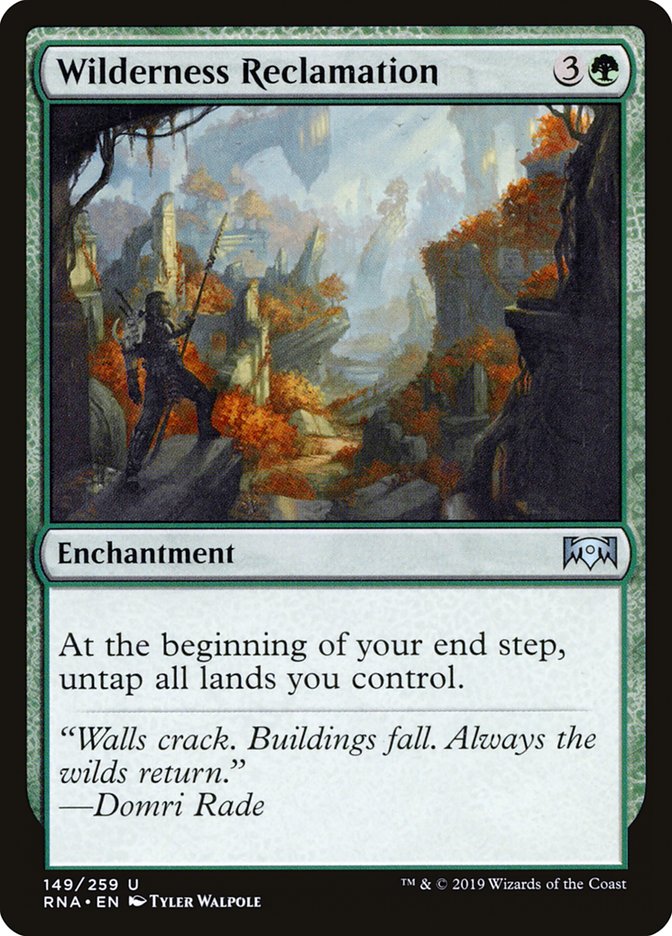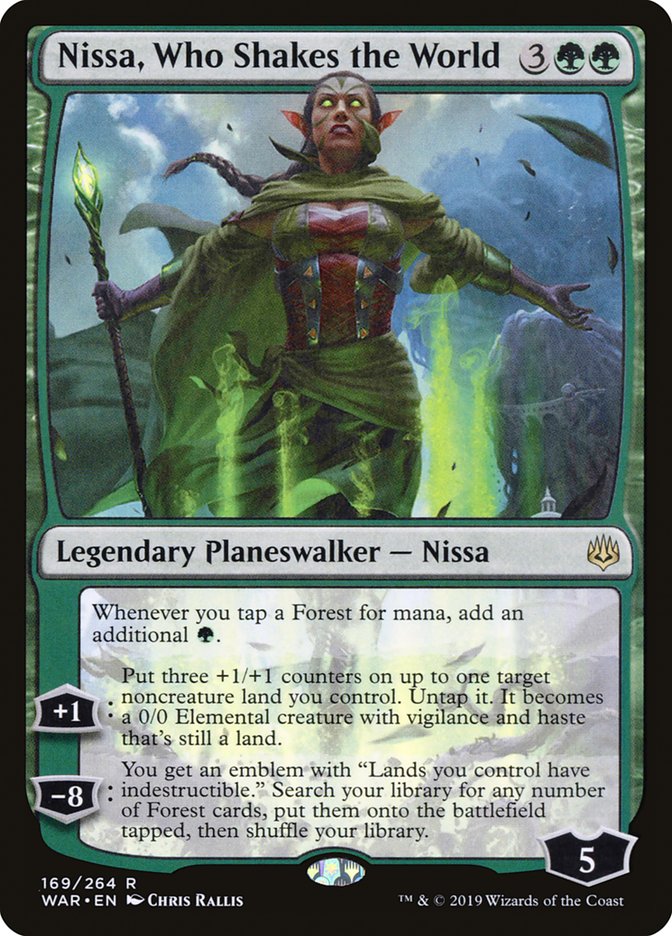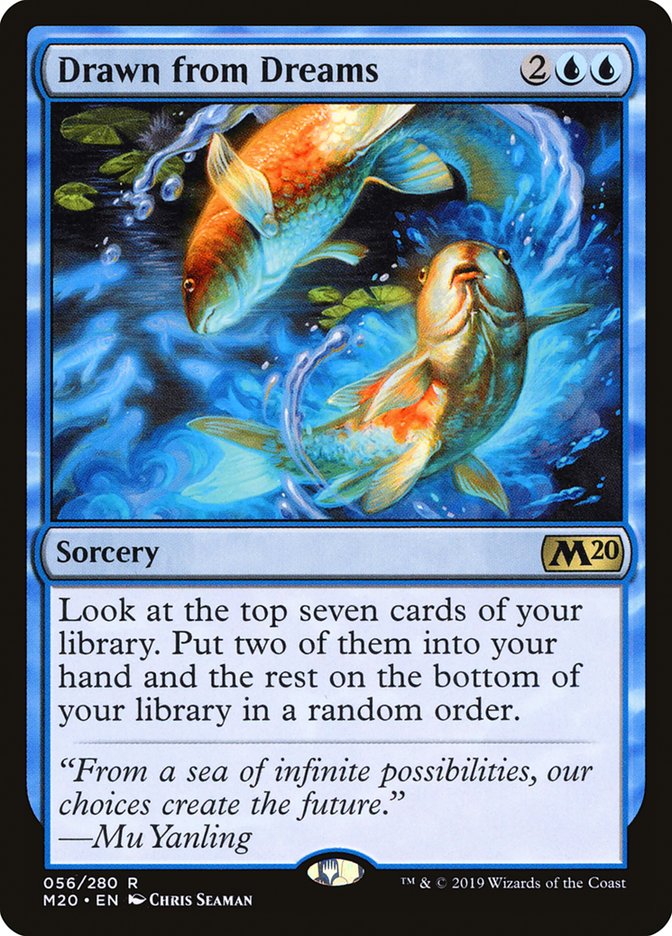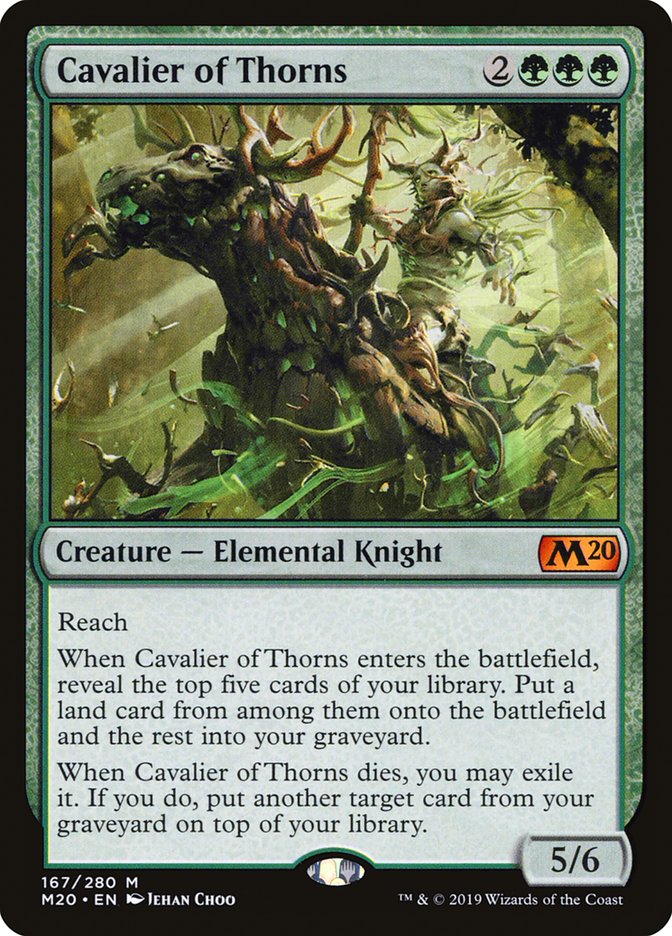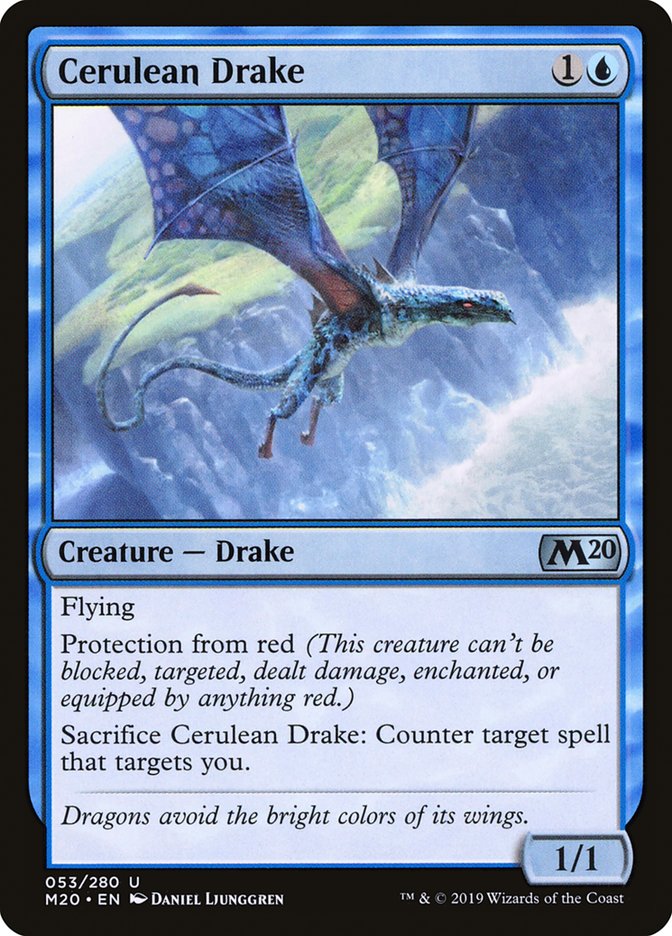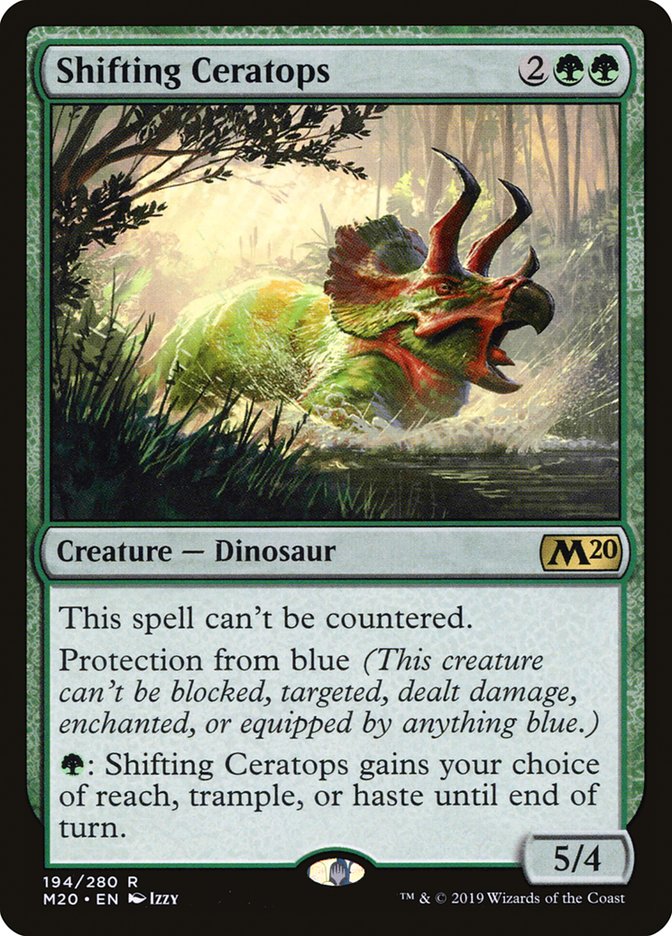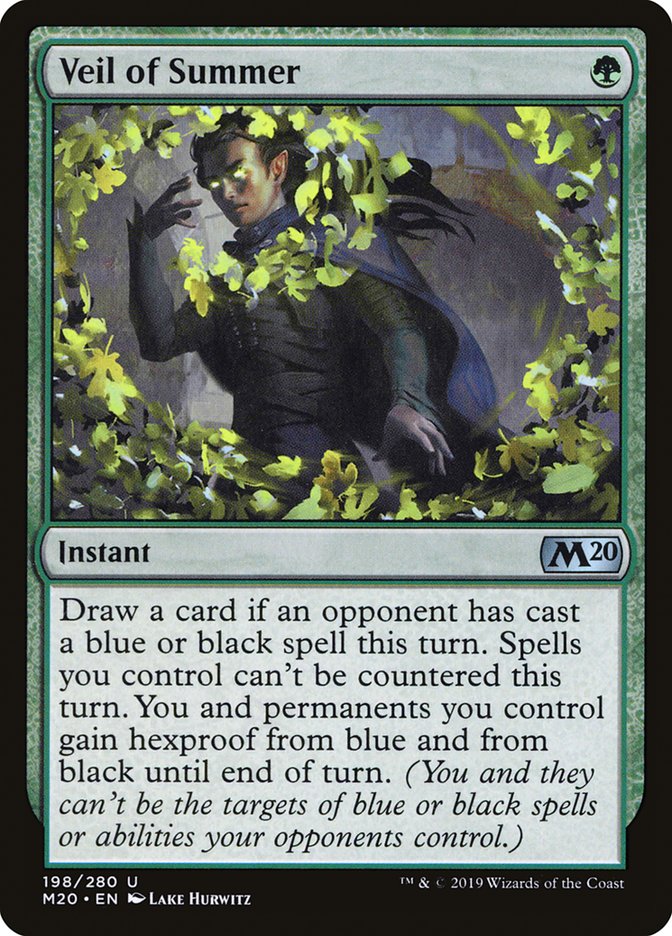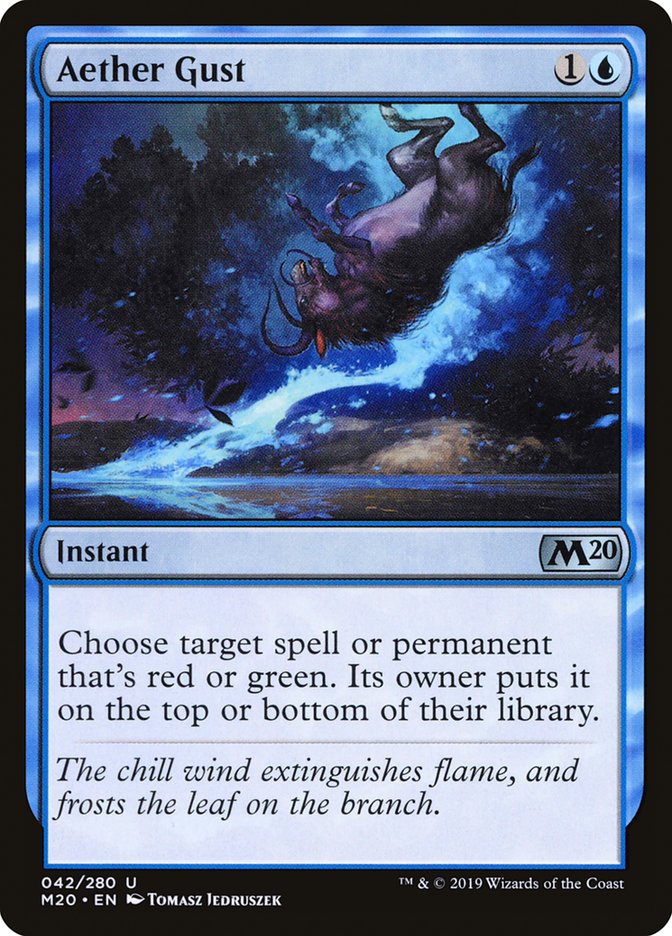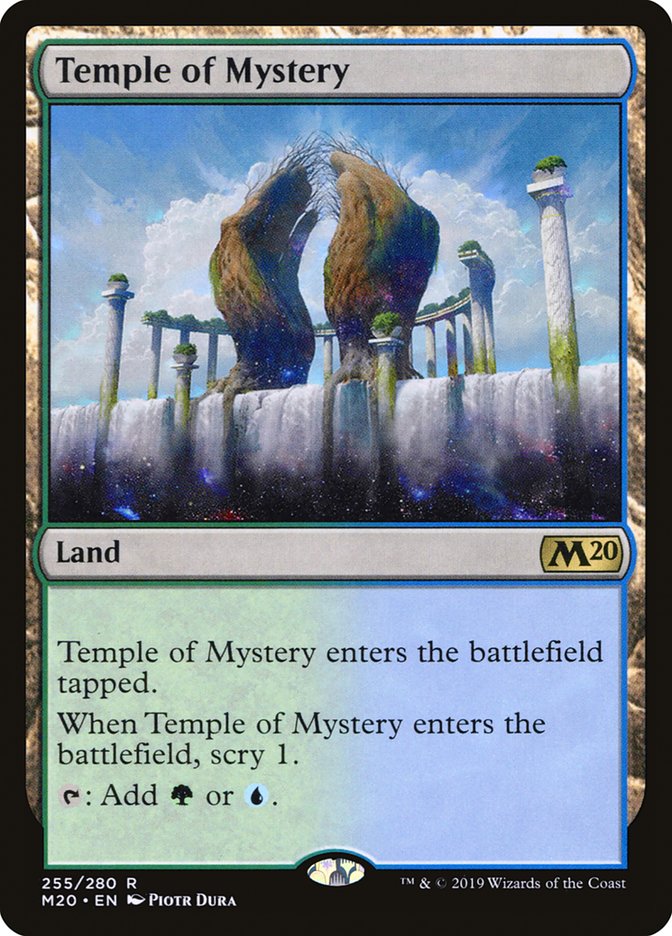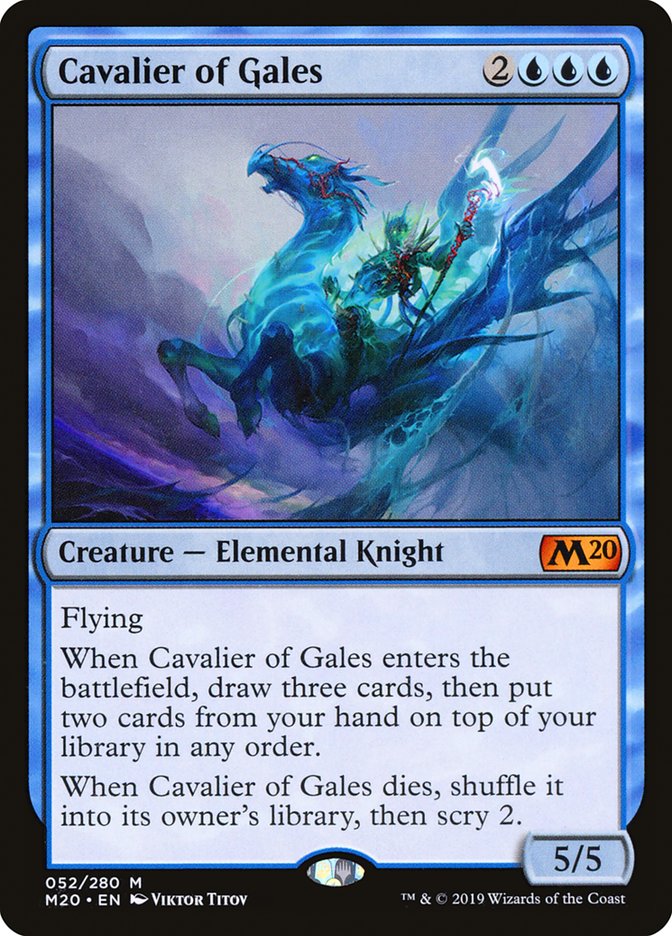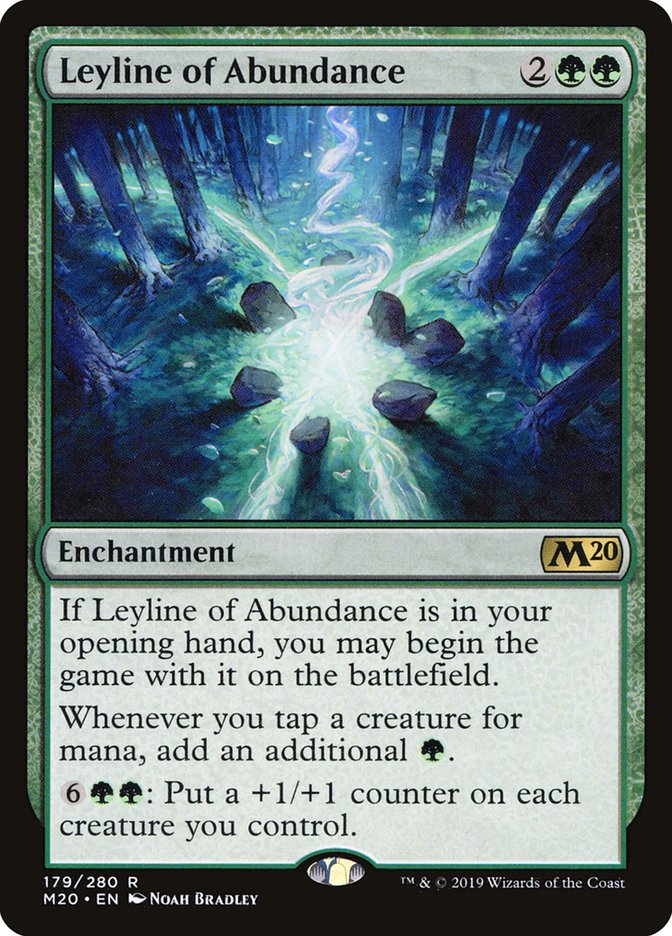With a mere five days to go until the Standard Open in Worcester, the mad scramble to integrate the newest cards from Core Set 2020 is in full swing. Over the first handful of days, a whole mess of decks utilizing some of the unique spells the set has to offer have begun to circulate around the Magic community, via social media or otherwise, as players try to integrate fresh cards into existing decks or build new ones from the ground up.
Speaking of, I was pleasantly surprised to see that my initial analysison what has quickly become one of the more exciting new archetypes to spawn from Core Set 2020 to be near spot-on. The Elemental tribal spells that were a huge theme of Magic’s latest set proved to work exceptionally well together, and as many would have guessed, it was in large part thanks to a measly three-mana 1/1:
Risen Reef has been the talk of the town since players have started to get their feet wet (pun extremely intended) with decks utilizing the card, and the goal for many, including me, is figuring out how best to fit it into a powerful strategy.
This, of course, has led to many players building decks that are base Simic. For those of you who regularly read my content here on this website, you might be able to guess what my favorite base Simic deck has been in Standard for the last year or so. It’s the only deck I’ve written more articles about than Modern Humans at this point, and it still seems to be getting a handful of new options available every single new set release.
Yes, I’m once again (and likely for the last time) talking about Nexus of Fate.
Coming fresh off the heels of winning Mythic Championship III in Las Vegas in the hands of Matias Leveratto, Simic Nexus has shown that the deck isn’t quite dead yet. Many considered the deck to no longer have enough legs in Standard, thanks to Teferi, Time Raveler, a gigantic blemish design-wise in an otherwise solid Standard format.
Teferi’s dominance in War of the Spark Standard came at the expense of another problematic card in Standard at the moment:
Due to the myriad ways that Wilderness Reclamation interacts poorly with Teferi, Time Raveler, the deck had to adapt how it won the game and how it was able to generate enough mana to consistently loop Nexus of Fate and take infinite turns. One of the best solutions to the Teferi problem in this regard was Nissa, Who Shakes the World:
While the potential for abuse is nowhere near the same as Wilderness Reclamation, Nissa does a lot of other things that Wilderness Reclamation cannot; she can win the game on her own without Nexus in a handful of situations, provides resiliency as she is more difficult to answer in most cases, and helps diversify your threat spread on the battlefield, making it much more challenging to answer planeswalkers, creatures, and enchantments all at the same time. Nissa’s breakout performance in Standard came during Grand Prix Kansas City, shortly before SCG CON Summer:
Creatures (16)
Planeswalkers (8)
Lands (26)
Spells (10)

Turner did away completely with Wilderness Reclamation, instead transforming the deck into a ramp build with the ultimate end-game of unlimited turns at the top-end alongside Hydroid Krasis and some sideboard Mass Manipulations. This version of the deck being less all-in makes it much more resilient, and it can all but ignore Teferi, Time Raveler in most cases.
Fast forwarding to just a few weeks ago, however, we saw the winning Mythic Championship III list revert back to the versions of the past:
Planeswalkers (6)
Lands (16)
Spells (38)

I am quite fond of Matias’s list. In the early days of War of the Spark Standard, once Teferi, Time Raveler had very firmly taken over the format, I was fairly stubborn and continued to try to find ways to beat the card before ultimately shelving the deck. Here we see Wilderness Reclamation and Nissa, Who Shakes the World working in tandem, giving the deck just a little extra resiliency to disruption as the deck works towards the Nexus of Fate end-game.
The biggest question that arises from Matias’s victory in Las Vegas: is the more traditional build of Nexus of Fate, utilizing Wilderness Reclamation, actually still viable in a world where Esper Hero is the most-played deck?
With a new set’s worth of cards to shake things up, re-examining this question in the context of Core Set 2020 Standard seems like a good place to start. With that, let’s check out some new options for Simic Nexus that have potential to find their way into the deck:
It took a few years, but it looks like this is what Dig Through Time was supposed to cost all along. I love what this card does for Simic Nexus. It helps dig deep into the library to find exactly what you’re looking for, dodges Narset’s anti-draw ability, and allows you to play more one- and two-ofs, meaning you can streamline the deck much more efficiently. I’d look to shave some copies of Chemister’s Insight for this card; it obviously doesn’t work that well with Wilderness Reclamation, but it’s still an awesome combo card that can solve some consistency issues the deck has from time to time.
This one is a little tricky to evaluate, as cards with power and toughness in Simic Nexus don’t typically occupy the win condition slot. Cavalier helps this deck in a multitude of ways. It provides a solid blocker, helps thin the deck to make the draw rate of Nexus of Fate increase, and also provides some value upon death. I don’t know if this is something you’d look to have as a primary engine piece in the deck, but it might be worth exploring, potentially in a Nexus shell that uses this card and Risen Reef to churn through the library.
An innocuous card on the surface, Cerulean Drake is fantastic against one of the decks that gives Nexus fits, Mono-Red Aggro. Blocking for days and eventually translating into a counter to a burn spell is likely all you need to buy enough time to combo off in this matchup, so I expect this card to be a sideboard staple in the deck moving forward.
Much like Cerulean Drake, this color-hosing creature is a really nice way to deal with opposing Teferis, usually being able to outright attack them down for five mana. I expect this card to be a solid upgrade to Biogenic Ooze in the sideboard, a card that at times can be hit-or-miss.
You might be sensing a theme here.
The color hosers in green and blue naturally make fantastic sideboard options. Veil of Summer is a great one-mana way to protect your Wilderness Reclamations from Teferi minuses and Mortifies, even drawing you a card along the way. I’m uncertain on how many copies of this card we’ll realistically want, but on the surface, I really like what this card has to offer. I think Lazotep Plating would’ve been a fantastic option if it only costed one mana, and I imagine this will be a fantastic blowout against opposing Thought Erasures as well.
Aether Gust seems like it will be equal parts good in our sideboard and good against us, as it can answer Wilderness Reclamations, Nissas, and just about any other green permanent we tend to play these days. However, it can be used cleverly to save our spells from removal, as we can put one safely back on top of our library in a pinch. I like this card the least of the color hosers but believe it will still be a staple in the sideboard in some number.
Finally, the days of the one-of Simic Guildgates in Simic Nexus manabases can end.
Temple of Mystery is a no-brainer: scrying in a deck like Simic Nexus is markedly more valuable than in other strategies, as finding exactly what we need at the right time is crucial. I am unsure if moving to four copies in replacement of Memorial to Genius is correct, and I’d wager that it isn’t, but I definitely would look to play some number.
Honorable Mentions
The honorable mentions are all cards that I think could have potential, but likely need to be built in a different shell than the decklist I’m about to suggest. A more ramp-centric version, much like the Grand Prix Kansas City decklist from earlier in the article, might make better use of a card like Leyline of Abundance than one centered around Wilderness Reclamation, for example.
With that being said, here’s how I plan to start testing Simic Nexus using Core Set 2020:
Planeswalkers (6)
Lands (25)
Spells (29)
- 4 Opt
- 3 Search for Azcanta
- 1 Blink of an Eye
- 4 Nexus of Fate
- 4 Root Snare
- 2 Chemister's Insight
- 4 Growth Spiral
- 4 Wilderness Reclamation
- 1 Callous Dismissal
- 2 Drawn from Dreams
Sideboard

I want to start with pretty aggressive numbers for the color hosers in the sideboard, just to see which ones end up being great or not in practice. A part of me might even start with the full four Drawn from Dreams in the maindeck as well to really stress-test the card, but I still think there is some value in Chemister’s Insight (as every deck you play against won’t be a Narset and/or Teferi deck), so experimentation is necessary to find the right balance.
There is still plenty of testing to be done this week to find something I’m satisfied with for the Standard Open in my home state this coming weekend, but I’m sure I’ll have something solid for you all for my portion of What We’d Play on Wednesday.
Until then!


